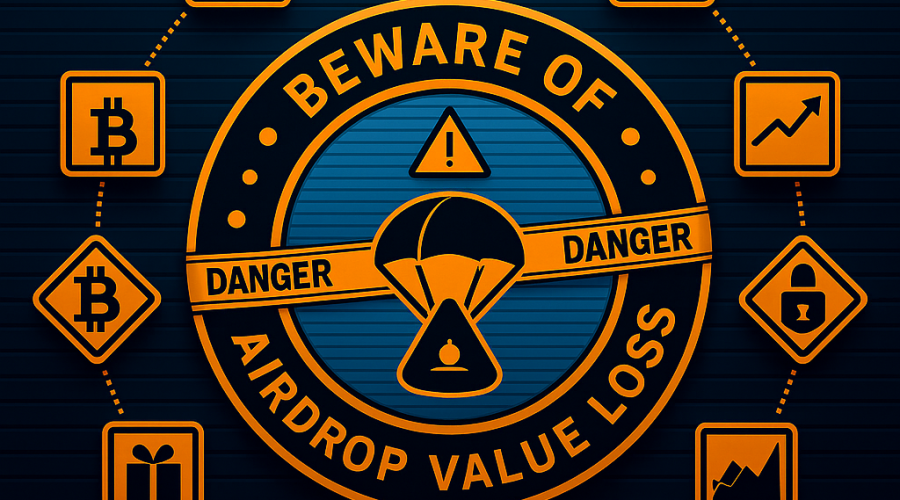Decentralized Finance Introduction
Decentralized Finance (DeFi) is one of the latest trends in the cryptocurrency industry. This new fast-growing sector is providing crypto users with a large number of new possibilities. While traditional financial markets offer services to clients, they are not allowing everyone to participate.
DeFi became popular thanks to its decentralized nature. That means that users do not have to rely on a centralized authority as it was in the past or in traditional finance. By using blockchain technology and digital assets, the whole process becomes decentralized.
Nowadays there are dozens of new DeFi platforms that are offering users with a wide range of services. Users can borrow funds, lend digital assets, provide liquidity to trading pools and many other things.
Types of DeFi Solutions
There are different DeFi solutions in the market. Each of them is going to offer decentralized services to crypto users. We can find borrowing and lending platforms, decentralized exchanges, derivatives platforms and more.
The entire Decentralized Finance market is now worth $14.69 billion. This can be measured taking into consideration the total value locked in USD in the market. Most of the funds are currently located in MakerDAO with $2.73 billion dollars.
MakerDAO is a credit platform that works with its own decentralized stablecoin called Dai. Users can open a vault, lock in collateral (in Ethereum or Basic Attention Token) and generate Dai. The collateral will be used to back the new DAI issuance.
The Dai stablecoin is currently working with a stability fee that is paid upon repayment of borrowed Dai.
WBTC, Compound and Aave
There are other cryptocurrency solutions in the Decentralized Finance Market. For example, we have also assets such as WBTC, or lending platforms such as Compound and Aave.
Wrapped Bitcoin (BTC) is the largest Bitcoin-backed digital asset. This coin works in the same way as a stablecoin. The main difference is that rather than being backed by U.S. dollars or Euro, it is backed by Bitcoin.
That means that WBTC will have the same value as Bitcoin. Considering it is backed at a 1 to 1 ratio with BTC, its value should follow BTC. In addition to it, this is an ERC-20 digital asset. That means that it can be used in the DeFI market and in all the Ethereum-based platforms in the world.
Compound is a money market protocol that is based on the Ethereum network. This platform allows users to borrow assets if they deposit collateral before. Users can also provide liquidity to Compound’s liquidity pools. In this way, individuals will be able to earn compounding interest on their funds.
This is one of the many platforms that have been operating in the market for the last year. Thanks to blockchain technology the solutions offered by DeFi continue to expand. Aave, instead, with $1.43 billion in assets locked is a lending and borrowing platform.
Users can easily borrow against most supplied assets. However, the collateral deposited by users will depend on the asset. The same will happen with the liquidation penalty. Users can get also a bonus if they liquidate an unhealthy loan. Moreover, interest rates adjust automatically. These rates will highly depend on supply and demand.
Challenges of Decentralized Finance
There are different challenges that are being faced by DeFi platforms. One of the things that the DeFI market needs to solve is the over-collateralization requirement. This is an issue that is making loans difficult for many users. While the loans can be very flexible, they require users to deposit a large number of digital assets before taking this loan.
Although this is understandable, it is not ideal for users. Some of them require some fast funds but they are not able to provide the over-collateralization required.
Other challenges are related to illiquid assets and interoperability. The DeFi market is full of tokens that are illiquid and that do not allow users to have a seamless experience. Instead, by having liquid assets, things become faster, easier to handle and more reliable.
Finally, interoperability is also an issue. As we mentioned before, users will not be able to handle Bitcoin in the different DeFi platforms currently available. Indeed, there is a coin called WBTC that represents Bitcoin on the Ethereum network. Although this can be certainly useful, it is not the same to use WBTC than BTC. In this case, users are trusting a third party that is providing custody services to the necessary BTC to back the value of the WBTC.





















